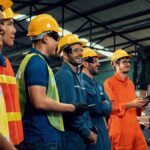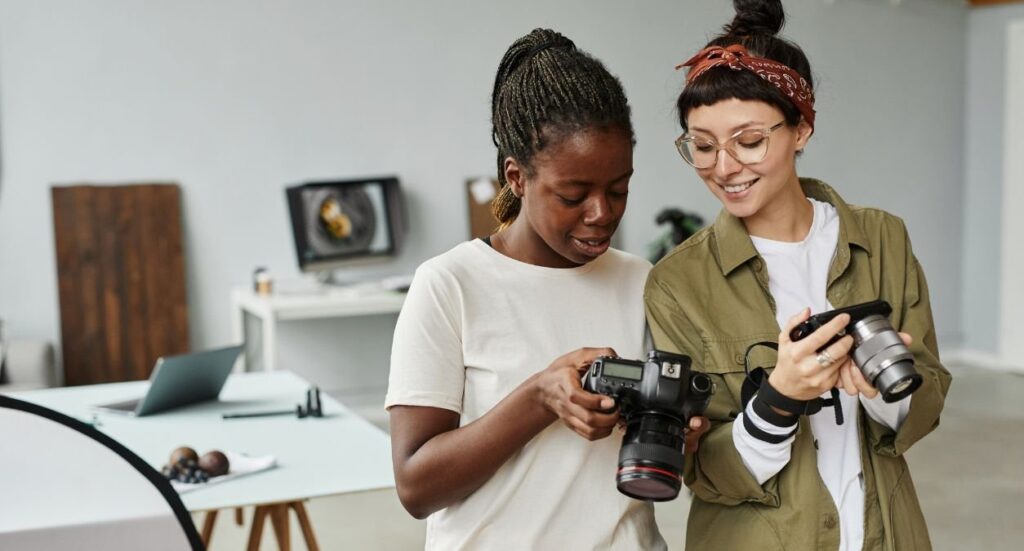Table of contents
Table of contents
Every dog is unique and so is their coat. Whether you’re a first-time pet parent or a seasoned dog groomer, understanding how to groom different dog breeds is key to keeping your furry friend healthy, happy, and looking their best. Grooming isn’t just about appearance; it also helps prevent matting, skin issues, and discomfort.
In this guide, we’ll break down the different dog coat types, explore the types of dog grooming, and offer practical advice on how to care for a wide range of breeds.
Understanding different dog coat types
Before diving into grooming tools and techniques, it helps to identify your dog’s coat type. Most dogs fall into one of six main categories:
Smooth coat
Breeds like Beagles, Boxers, and Dobermans have short, close-lying hair that sheds minimally. While they may seem low-maintenance, regular grooming still benefits their skin and coat. A weekly session with a rubber curry brush or grooming mitt will help remove dirt and loose fur, and an occasional bath keeps them fresh.
Double coat
Golden Retrievers, Huskies, and German Shepherds sport a soft, insulating undercoat beneath a protective top layer. This coat type requires a bit more effort, especially during shedding season. Regular brushing using an undercoat rake combined with a slicker brush will help manage the shed and keep the coat healthy.
Wire coat
Terriers like the Airedale or Wire Fox Terrier have coarse, bristly fur that grows in layers and doesn’t shed much. These dogs benefit from hand-stripping or clipping every 4-6 weeks to maintain texture. Routine brushing helps keep their rugged coats tidy and free of debris.
Curly coat
Poodles, Bichon Frises, and similar breeds have dense, curly coats that can mat quickly without consistent care. Frequent brushing and trims every few weeks are essential to keep their coats manageable. These coats often benefit from professional grooming.
Long coat
Breeds such as Shih Tzus, Afghan Hounds, and Maltese have luxurious, flowing hair that tangles easily. Daily brushing is a must, and regular trims help maintain a neat look. A leave-in conditioner can also reduce breakage and ease tangles.
Hairless
Hairless breeds like the Chinese Crested and Xoloitzcuintli need special attention. Their exposed skin must be kept clean and moisturised to avoid irritation. Gentle baths and pet-safe sunscreen for sunny days are part of their care routine.
How often should you groom each coat type?
Not all coats need the same level of care. Below is a quick reference guide to help you determine the ideal grooming frequency based on coat type:
| Coat Type | Brushing | Bathing | Professional Grooming |
| Smooth Coat | Weekly | Monthly | Rarely needed |
| Double Coat | 2–3 times per week | Monthly | Occasionally for deep deshedding |
| Wire Coat | Weekly | Every 6–8 weeks | Hand-stripping or clipping |
| Curly Coat | Several times/week | Monthly | Every 4–6 weeks |
| Long Coat | Daily | Monthly | Every 4–6 weeks |
| Hairless | N/A | Weekly | Occasional |
Types of grooming: tools and techniques
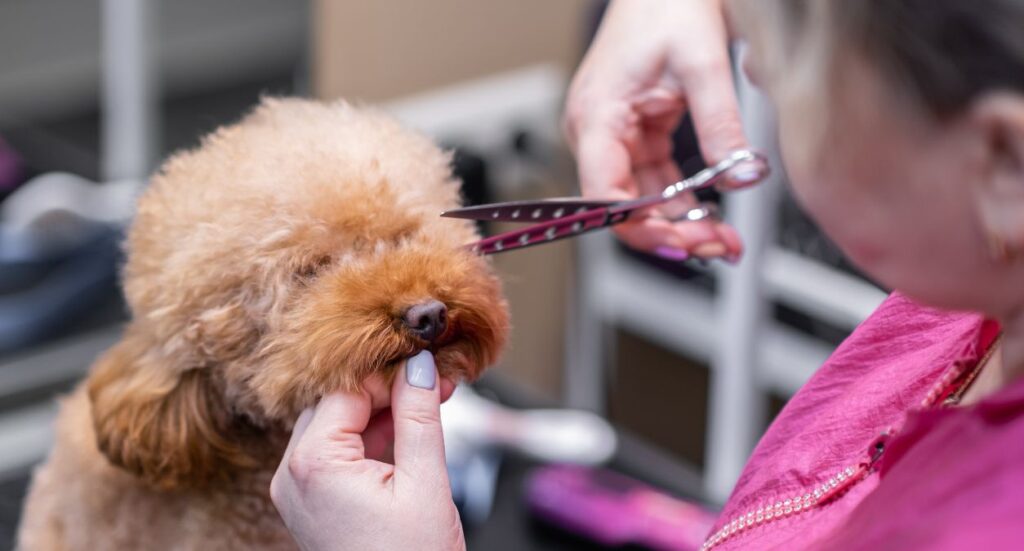
Grooming isn’t just about keeping a dog looking cute. It’s a form of care that covers several aspects of hygiene and comfort. Here are the main components:
- Brushing: Removes dirt, loose hair, and prevents mats. It also distributes natural oils for a healthier coat.
- Bathing: Depending on coat type and activity, dogs may need a bath anywhere from once a week to once every few months. Always use dog-specific shampoo.
- Hair Trimming or Clipping: Essential for long, curly, or wire-haired breeds. It keeps coats manageable and hygienic.
- Nail Trimming: Helps avoid painful overgrowth. Most dogs need a trim every 3-6 weeks.
- Ear Cleaning: Especially important for floppy-eared breeds to prevent infections.
- Teeth Brushing: Ideally done several times per week to maintain dental health.
Grooming also allows pet owners to perform regular health checks. While brushing or bathing, you can check for fleas, ticks, lumps, or signs of skin irritation. Early detection of such issues can prevent more serious health problems down the line.
For those new to dog grooming, investing in a basic grooming kit can make a big difference. A starter kit should include:
- A slicker brush
- A bristle brush or comb (depending on coat type)
- Nail clippers or a grinder
- Dog-specific shampoo and conditioner
- Grooming scissors or clippers
- Cotton pads and pet-safe ear cleanser
Remember, patience and consistency are key. Some dogs may resist grooming initially, but with gentle handling and positive reinforcement, most dogs learn to tolerate, or even enjoy the process.
Grooming needs by breed type
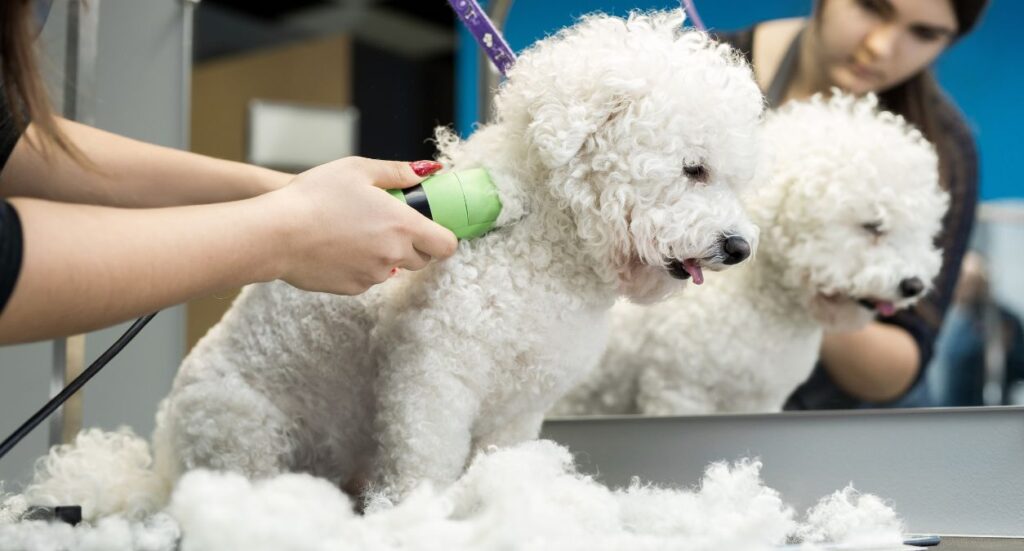
Different dog breeds have their own grooming quirks. Here are some general tips based on coat type:
Short-haired breeds (e.g., Labrador, Pug)
Short coats may seem easy, but they benefit from regular brushing to control shedding and promote skin health. Use a rubber curry brush and give a bath about once a month, depending on activity level.
Long-haired breeds (e.g., Yorkshire Terrier, Collie)
Long coats require more attention. Daily brushing helps prevent tangles, especially around the ears and legs. Schedule trims every 4-8 weeks and consider using a detangling spray for stubborn knots.
Double-coated breeds (e.g., Akita, Corgi)
These coats shed heavily during seasonal changes. Use a slicker brush combined with an undercoat rake 2-3 times a week to keep shedding under control. Avoid shaving as it can damage their natural insulation.
Curly-coated breeds (e.g., Poodle, Labradoodle)
Curls can hide mats, so it’s best to brush these dogs several times a week. A full groom every 4-6 weeks, including a clip and style, keeps their coat under control.
Wire-coated breeds (e.g., Schnauzer, Border Terrier)
These coats often require hand-stripping to maintain their texture, though clipping is a common alternative. Brush regularly and strip or clip every month or two.
Hairless breeds (e.g., American Hairless Terrier)
Bathing and moisturising are essential to avoid dry or irritated skin. These breeds also need sun protection when outside.
Certain mixed breeds can have a blend of coat types, making grooming a bit more unpredictable. For these dogs, it’s often best to assess their coat characteristics individually and tailor the grooming routine accordingly.
Seasonal Grooming Tips
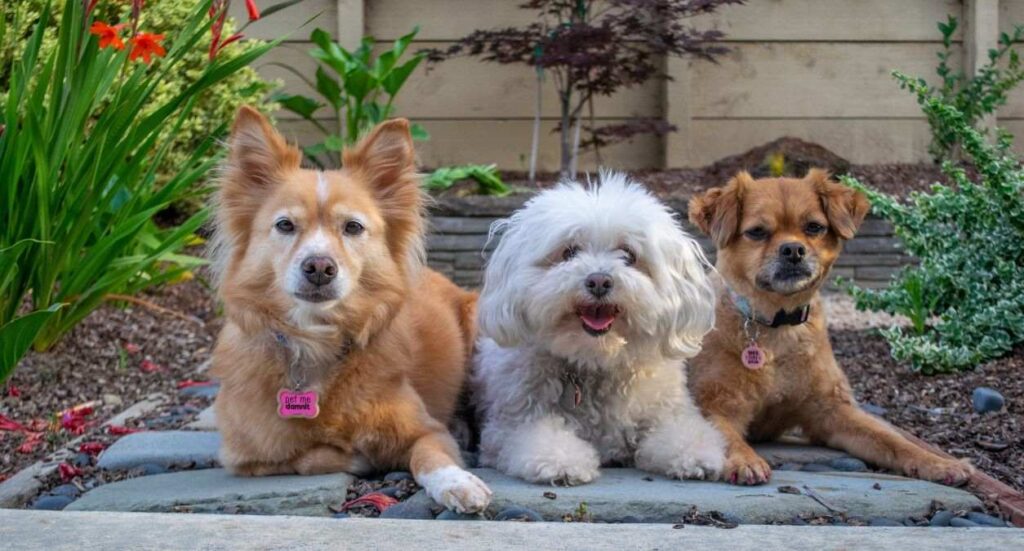
Just like humans, dogs feel the effects of changing seasons, and their grooming routines should adapt accordingly. Understanding how to manage a dog’s coat through the year can help keep them comfortable and healthy.
Spring
Spring is a peak shedding season, especially for double-coated breeds. Increase brushing frequency to help remove loose undercoat and prevent mats. This is also a good time for a deep clean after a muddy winter.
Summer
In warmer months, dogs can overheat more easily. While it might be tempting to shave their coat, this can sometimes do more harm than good, especially for double-coated breeds, as their fur provides natural insulation. Instead, brush regularly to remove excess fur and keep the coat breathable. Use pet-safe sunscreen for dogs with thin or hairless coats.
Autumn
Like spring, autumn is another shedding season. Regular brushing with a slicker brush or undercoat rake will help manage the transition and reduce hair around the house.
Winter
Winter calls for maintaining the integrity of a dog’s coat, not cutting it too short. Paws are particularly vulnerable, road salt and icy conditions can crack pads or cause discomfort. Consider using paw balm and trimming hair between the pads to reduce ice buildup.
In what order should you groom a dog?
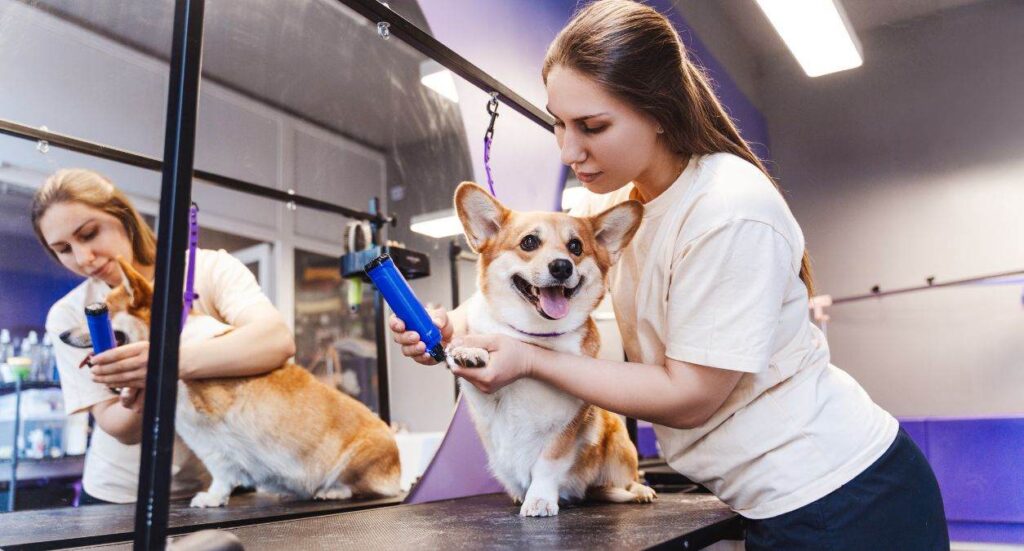
Following a set order makes grooming smoother for both you and your dog:
- Start with a thorough brush to remove any tangles and debris
- Clean ears and wipe eyes with pet-safe products
- Trim nails while they’re dry for best results
- Bathe your dog, using lukewarm water and appropriate shampoo
- Dry completely with a towel and, if tolerated, a low-heat dryer
- Trim or clip fur, particularly around sensitive areas
- Finish with dental care – brushing teeth and rewarding your pup for their patience
A pro tip: always reward a dog with treats or affection after each step to build positive associations. Over time, this can make even the most anxious dog more cooperative during grooming sessions.
What is the hardest breed to groom?
Some breeds are known for their high-maintenance grooming routines. Here are a few that often top the list:
- Poodles: Their dense, curly coats require frequent professional grooming.
- Afghan Hounds: With their long, flowing hair, daily brushing is non-negotiable.
- Komondors: Their distinctive corded coats take time and skill to maintain.
- Old English Sheepdogs: Their thick coats can mat easily if not brushed often.
- Bichon Frise: Regular shaping and trimming is essential to keep them looking their best.
These breeds often benefit from a mix of at-home care and professional grooming visits.
Additionally, dogs with behavioural challenges or anxiety may be more difficult to groom regardless of their coat type. In such cases, professional groomers trained in handling sensitive dogs, or even veterinary groomers, can be a great resource.
Common Grooming Mistakes to Avoid
Even well-meaning owners can make grooming errors that may cause discomfort or health issues for their dog. Here are some of the most common mistakes—and how to avoid them:
Shaving a Double-Coated Breed
Double-coated dogs like Huskies and Golden Retrievers should never be shaved unless medically necessary. Their coat helps regulate temperature and protects them from sunburn.
Cutting Nails Too Short
Accidentally clipping into the “quick” (the blood vessel in the nail) is painful and can make dogs fearful of future trims. Use proper nail clippers and trim small amounts at a time. For dark nails, a grinder may provide better control.
Using Human Shampoo
Human shampoos can throw off a dog’s skin pH and cause irritation. Always use dog-specific products designed to be gentle and non-toxic.
Bathing Without Brushing
If a dog’s coat is matted and then gets wet, those mats can tighten and worsen. Always brush thoroughly before bathing.
Ignoring Ears and Teeth
These are often overlooked but are essential to grooming. Dirty ears can lead to painful infections, and poor dental hygiene can cause bad breath and health problems.
Get Dog Grooming Insurance from Protectivity
Grooming a dog is more than just keeping them looking good, it’s a vital part of their overall health and comfort. By learning about the different types of dog coats and how each one should be cared for, you can tailor your routine to suit your pup’s needs.
So the next time you’re wondering “How to groom dog breeds?” or “In what order should you groom a dog?”, refer back to this guide. With the right knowledge, tools, and approach, grooming can be a positive and bonding experience for both of you.
Happy grooming!
*Disclaimer – This blog has been created as general information and should not be taken as advice. Make sure you have the correct level of insurance for your requirements and always review policy documentation. Information is factually accurate at the time of publishing but may have become out of date.
Last updated by



